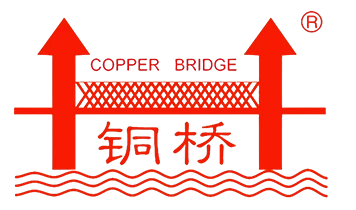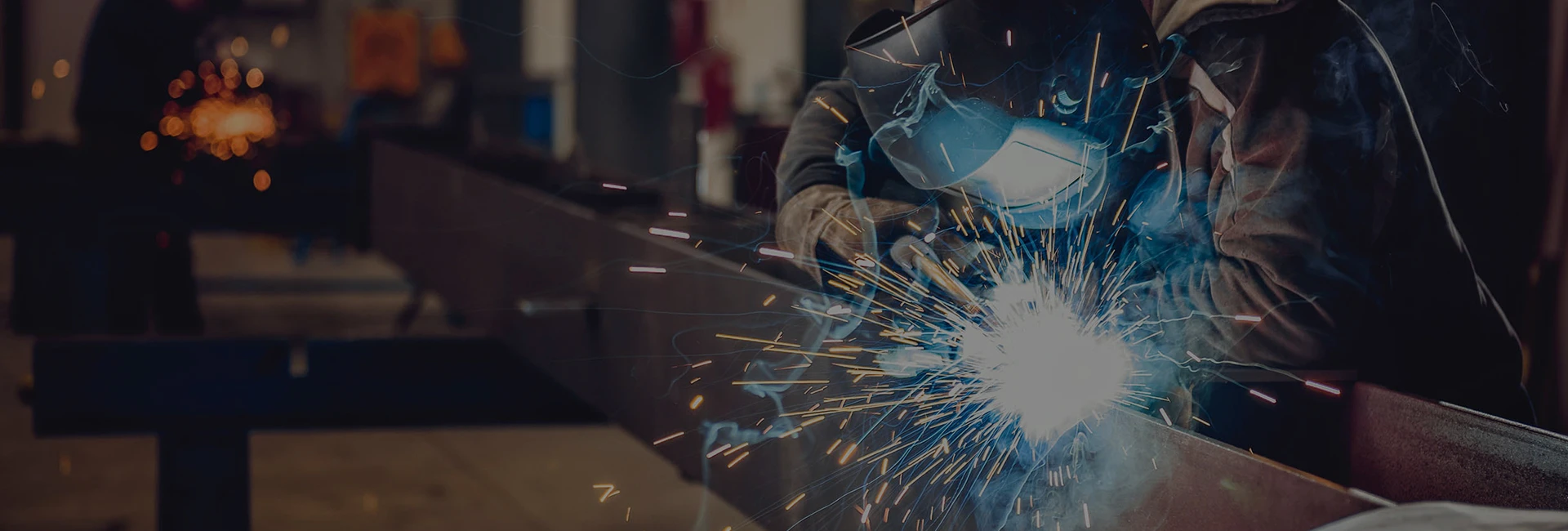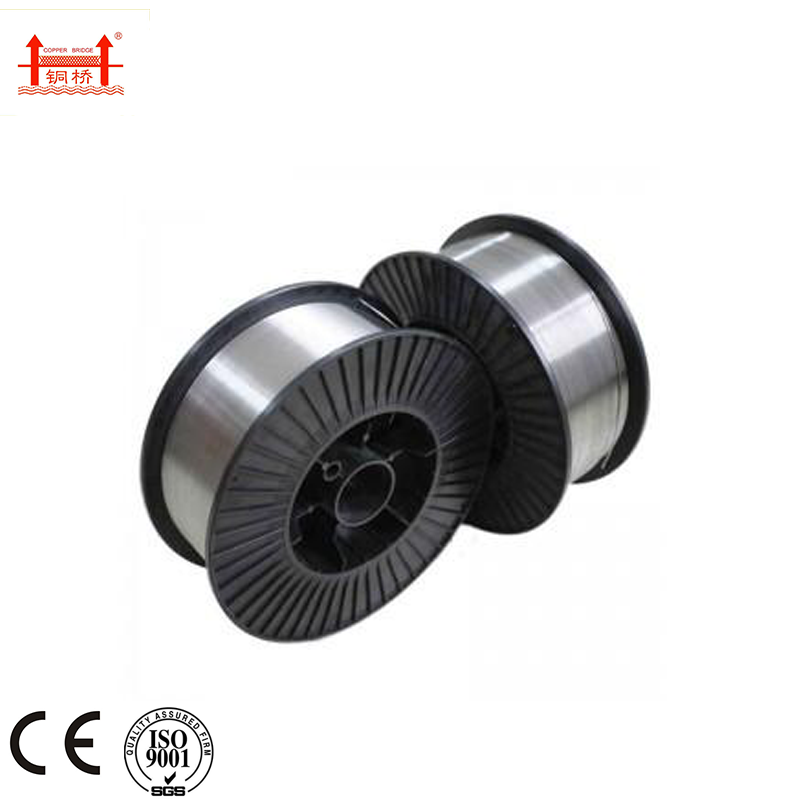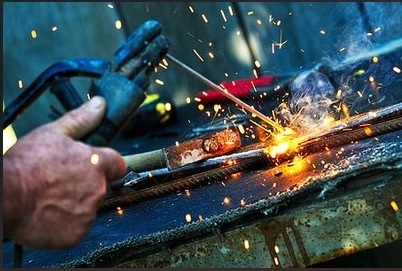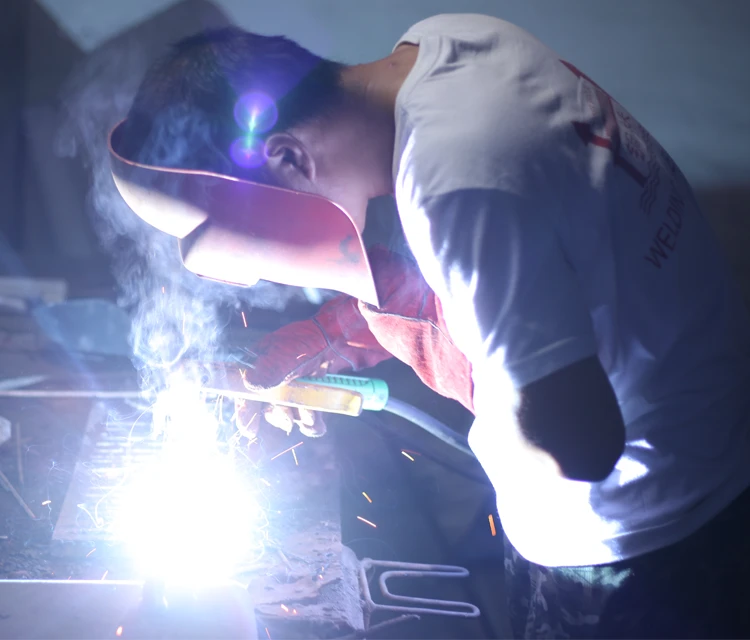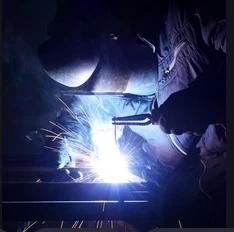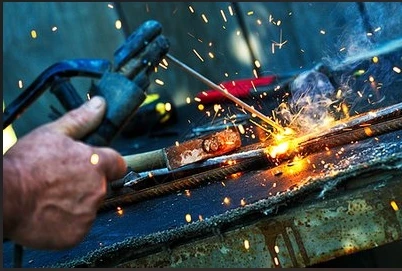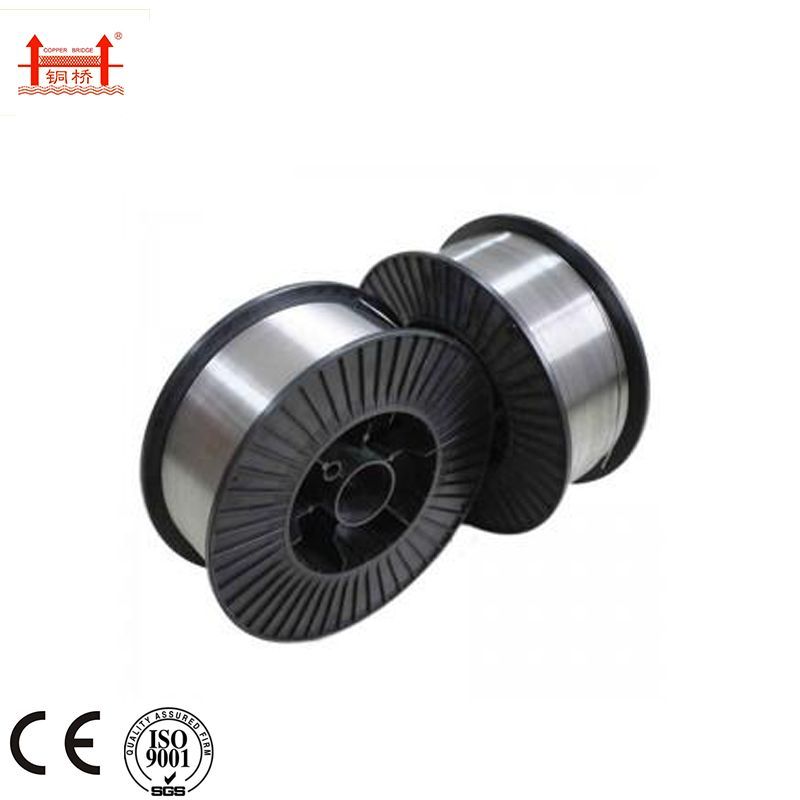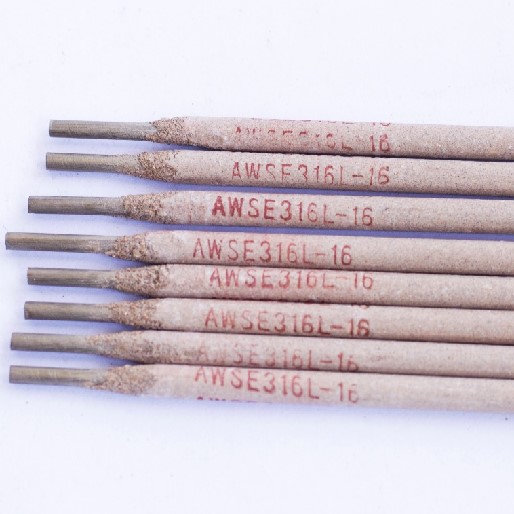Comparing 7018 vs 6011 Welding Electrodes: Applications, Benefits & FAQs
Nov . 15, 2025 22:30
Understanding 7018 vs 6011: Why the Debate Matters Worldwide
Welding rods named 7018 and 6011 often come up in workshops, construction sites, and industrial settings worldwide, but why do they really matter? At first glance, these numbers look like a secret code. In reality, they’re representative of two very different welding electrodes, each engineered for specific purposes and projects. Understanding the nuances of 7018 vs 6011 isn’t just a technical curiosity—it plays a big role in ensuring structural integrity, safety, and cost-efficiency in industries from shipbuilding to infrastructure repair and even disaster relief.
Globally, as building and manufacturing demands intensify (construction industries account for 13% of global GDP according to the World Bank), having the right welding method can prevent costly failures, reduce downtime, and promote innovation in fabrication. So whether you’re building skyscrapers or patching pipelines in remote zones, knowing when to pick 7018 or 6011 electrodes could be the difference between a smooth project and a structural headache.
The Global Context of 7018 vs 6011
The worldwide welding market is huge—it’s projected to surpass $20 billion by 2027 (according to reports from International Trade Center and ISO data). Regions like Asia-Pacific and North America lead in welding technology adoption. But challenges pop up everywhere, from sub-par materials in developing economies to the need for sustainable, efficient solutions. This is where the choice between 7018 and 6011 electrodes comes in.
For example, infrastructure growth in emerging countries demands welders who can rely on electrodes that meet both strength and versatility criteria, while NGOs repairing disaster zones need something adaptable and easy to handle. Welding professionals often wrestle with questions like “which electrode will work best under unpredictable conditions?” or “what’s cost-effective yet reliable for high-stress joints?” The 7018 and 6011 rods have become a kind of shorthand to answer those questions.
Mini takeaway:
- The global welding industry relies heavily on electrode choice to boost safety and efficiency.
- 7018 vs 6011 electrodes represent two very distinct approaches suited for different environments.
What Are 7018 and 6011 Welding Electrodes?
Okay, before things get too technical, here’s the simple bit: 7018 and 6011 are types of stick welding rods, each identified by a standard coding system (AWS classification). The numbers tell you about tensile strength, welding position suitability, and the rod's coating.
- 6011 Rods are known for their deep penetration and ability to weld through rust, paint, or dirty metals. They’re often called “all-position” rods because they work wherever—uphill, downhill, flat. They’re especially popular for farm repairs and pipeline work.
- 7018 Rods are low-hydrogen electrodes. They weld clean, strong, and smooth, producing high-quality, crack-resistant welds. They’re a top pick for structural steel, bridges, and pressure vessels where weld integrity is vital.
Both types serve critical roles but do so very differently — think of 6011 like the rugged all-terrain vehicle, and 7018 as the precision sedan built for smooth rides and lasting wear.
Mini takeaway:
- 6011 is known for penetration and versatility.
- 7018 excels in clean, strong, durable welds.
- Choosing between them depends heavily on the project environment and final requirements.
Key Factors in Comparing 7018 vs 6011 Welding Electrodes
Penetration & Use Case
6011 rods practically cut through grime. For rough jobs on rusty fences or agricultural gear, their deep penetration keeps welding effective even when surfaces aren't pristine. On the other hand, 7018 needs a cleaner base metal and less penetration but creates welds with superior structural qualities suitable for load-bearing applications.
Weld Appearance & Finish
Welds with 7018 rods have a smooth, consistent bead with less spatter, making them the go-to for visible, aesthetic welds. Contrast that with the rougher, more spattered finish of 6011 which is all about function over form.
Handling & Storage
7018 rods are low-hydrogen and must be kept dry. They demand preheating in cold environments and ovens for storage, otherwise, their weld quality degrades. 6011 rods are more forgiving and better suited for fieldwork.
Electrical Characteristics
6011 accepts AC or DC current, making it versatile for various machines on the job. 7018, however, primarily uses DC for better arc control and weld quality.
Cost Efficiency
Generally, 6011 rods are cheaper per unit and preferred where speed trumps weld refinement. 7018 rods might cost more but yield better long-term value due to minimal rework and stronger welds.
| Specification | 7018 | 6011 |
|---|---|---|
| Tensile Strength | 70,000 psi | 60,000 psi |
| Welding Positions | All except vertical downhill | All positions |
| Current types | DC (+ or -) | AC or DC |
| Flux Coating | Low hydrogen potassium iron powder | High cellulose potassium |
| Moisture Sensitivity | High (must be stored dry) | Low (field friendly) |
How 7018 and 6011 Are Used Around the World
The applications of these electrodes span continents and industries. For instance, 6011 rods are favorited in agricultural repairs in the American Midwest, as they weld well on weathered steel without extensive surface prep. Oddly enough, they also find their way into post-disaster relief efforts, where quick, versatile welds can save urgent structural elements.
Meanwhile, 7018 electrodes dominate large-scale infrastructure projects in Europe and East Asia. Their use in bridge construction and pressure vessels ties directly to strict ISO standards for weld strength and safety. Organizations like the UN have recognized the importance of such standards when rebuilding post-conflict zones or upgrading critical facilities.
Mini takeaway:
- 6011 excels in rugged, field-type welds for quick fixes and rough metals.
- 7018 is preferred for high-quality, permanent structural welds.
- Knowing their applications can guide NGOs, engineers, and fabricators worldwide in picking the right approach.
Benefits of Choosing the Right Welding Electrode
Choosing between 7018 vs 6011 isn’t just about technical specs — it’s about practical outcomes that resonate beyond the shop floor. 7018 welds, for example, bring long-term reliability, which translates to safer bridges, less maintenance, and peace of mind. It’s a choice that emphasizes dignity through durability.
6011 electrodes, meanwhile, offer flexibility and speed, critical when time is tight and conditions are less-than-ideal. They serve a social good by enabling quick repairs that keep communities running, often under resource constraints.
By matching welding rods to their environment, companies can reduce waste, lower costs, and boost sustainability. It’s innovation meeting tradition.
Looking Ahead: Innovations in Welding Electrodes
One can’t help but wonder how electrode technology might evolve amid the digital transformation sweeping manufacturing. New flux formulations promise improved arc stability and reduced emissions. Additionally, “green welding” initiatives are underway, seeking eco-friendlier coatings with less volatile organic compounds.
Automation and robotic welding systems increasingly rely on electrodes like 7018, whose predictability lends itself well to precise, programmed weld patterns. Even portable, battery-powered welders now better handle electrodes like 6011 in remote zones, integrating modern power solutions for traditional rods.
Common Challenges and How Pros Overcome Them
Both electrodes come with caveats. Handling 7018 requires careful storage and drying, which can be tricky on outdoor sites. Experts recommend portable rod ovens and moisture detectors to combat this. For 6011, the challenge is its messier welds and heavier slag removal. Seasoned welders say a sharp chipping hammer and steady hand smooth the process.
Training is paramount. Many industries now emphasize thorough electrode knowledge, including 7018 vs 6011 operational guidelines, boosting safety and weld quality.
| Vendor | Product Range | Moisture Control Features | Price per Kg (USD) | Shipping Options |
|---|---|---|---|---|
| WeldPro Inc. | Full 7018 & 6011 lines | Vacuum-sealed packaging | $15.50 | Global Express |
| Global Weld Supply | Specializes in 6011 | Moisture indicator included | $13.75 | Standard Ocean Freight |
| Prime Arc | Premium low-hydrogen 7018 | Rod ovens rental service available | $17.20 | Air & Sea |
Frequently Asked Questions About 7018 vs 6011
Q1: Which welding rod is better for beginners, 7018 or 6011?
A: Many experts recommend starting with 6011 rods because of their forgiving nature on dirty or rusty metal surfaces and adaptability to different current types (AC/DC). 7018 requires a cleaner surface and strict storage but rewards with higher quality welds once mastered.
Q2: Can 7018 rods be used outdoors?
A: While technically possible, 7018 electrodes are sensitive to moisture and require storage in dry conditions, which can be challenging outdoors. For wet or windy conditions, 6011 rods are typically a safer bet.
Q3: How do 7018 and 6011 rods differ in welding positions?
A: 6011 is very versatile and works well in all welding positions, including vertical and overhead. 7018 also supports multiple positions but generally not vertical downhill.
Q4: Is it worth investing in rod ovens for 7018 welding?
A: Absolutely. Keeping 7018 electrodes dry in ovens prevents hydrogen-induced cracking and ensures weld strength, reducing costly repairs later.
Q5: Are 6011 rods more affordable for large projects?
A: Yes, 6011 rods are usually cheaper per kilogram and suit projects needing quick turnaround on less critical welds. But factor in possible rework costs if weld quality matters.
Summing It Up: The Long Game in 7018 vs 6011
Choosing between 7018 and 6011 electrodes feels a bit like selecting a tool from a Swiss Army knife. Each has its place, strengths, and quirks. Understanding the differences helps welders, engineers, and decision-makers optimize their projects for safety, cost-efficiency, and quality. Whether you’re patching farm machinery or building bridges that stand the test of time, your electrode choice sends ripples far beyond the weld puddle.
Interested in exploring these electrodes further? Visit our website to dive deep into specifications, safety guidelines, and pricing options: https://www.jinlongweldingelectrode.com.
References:
Related Video


